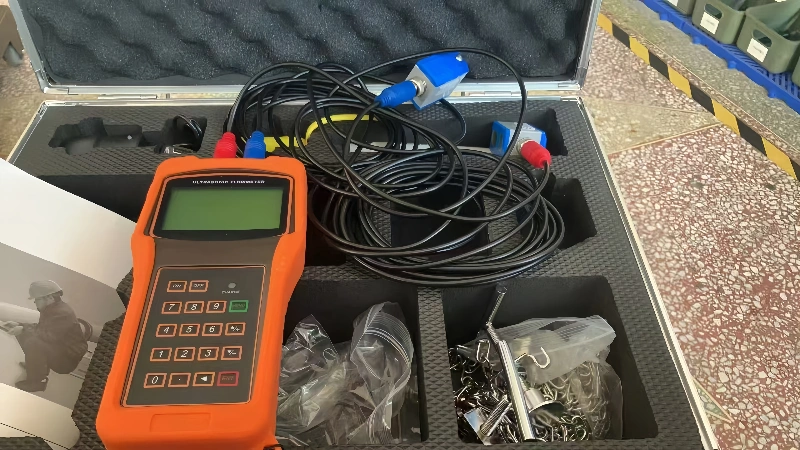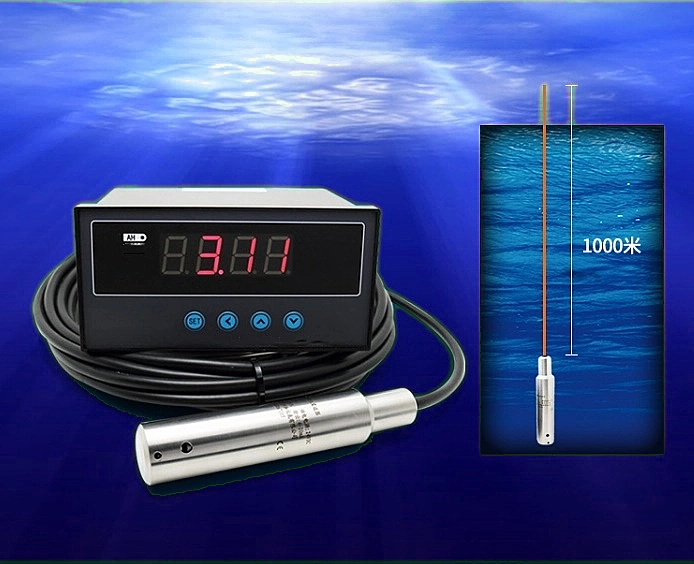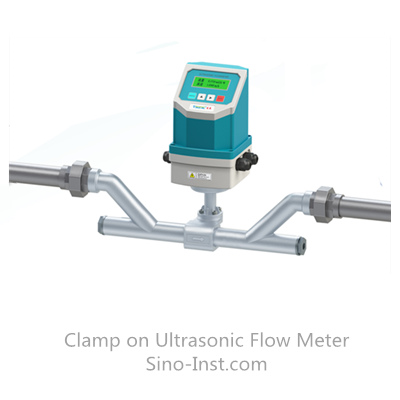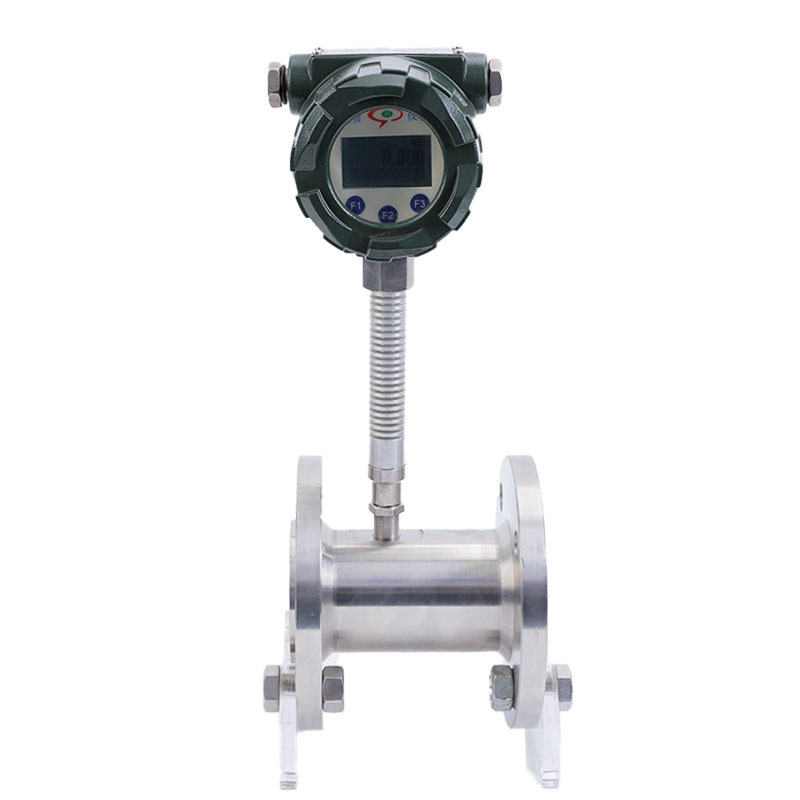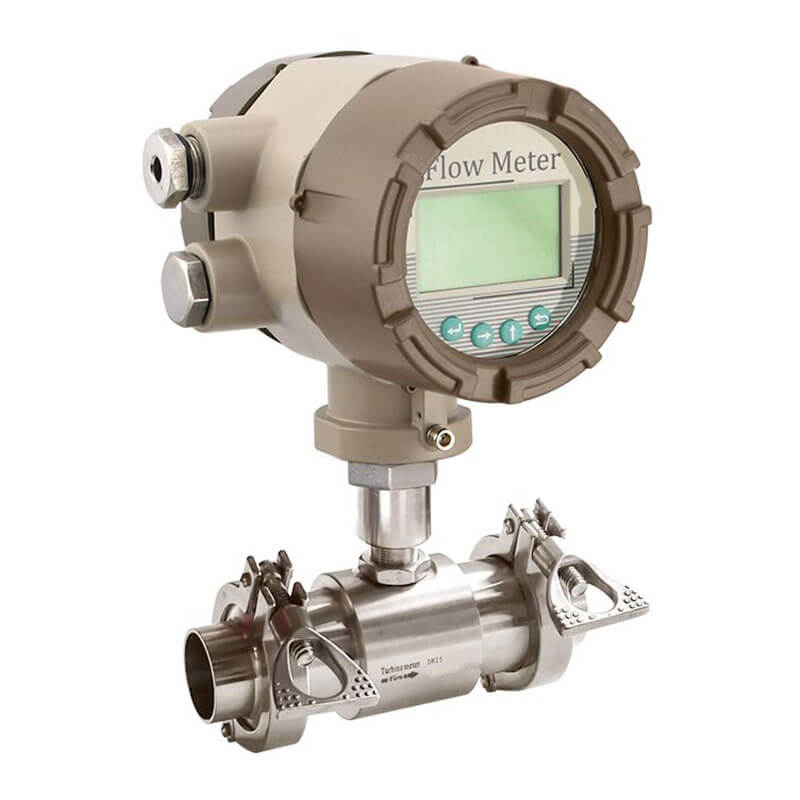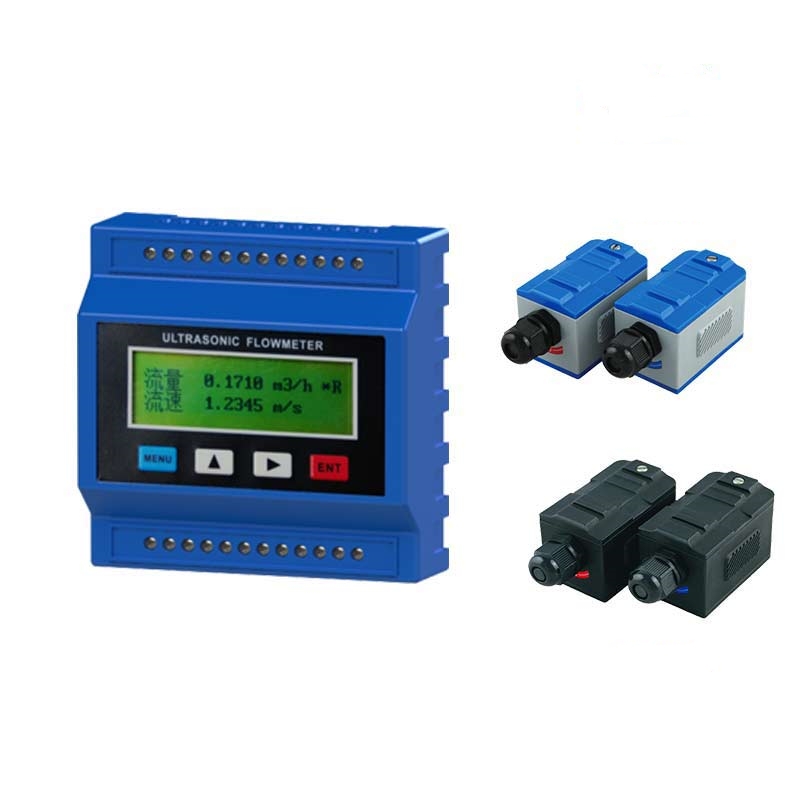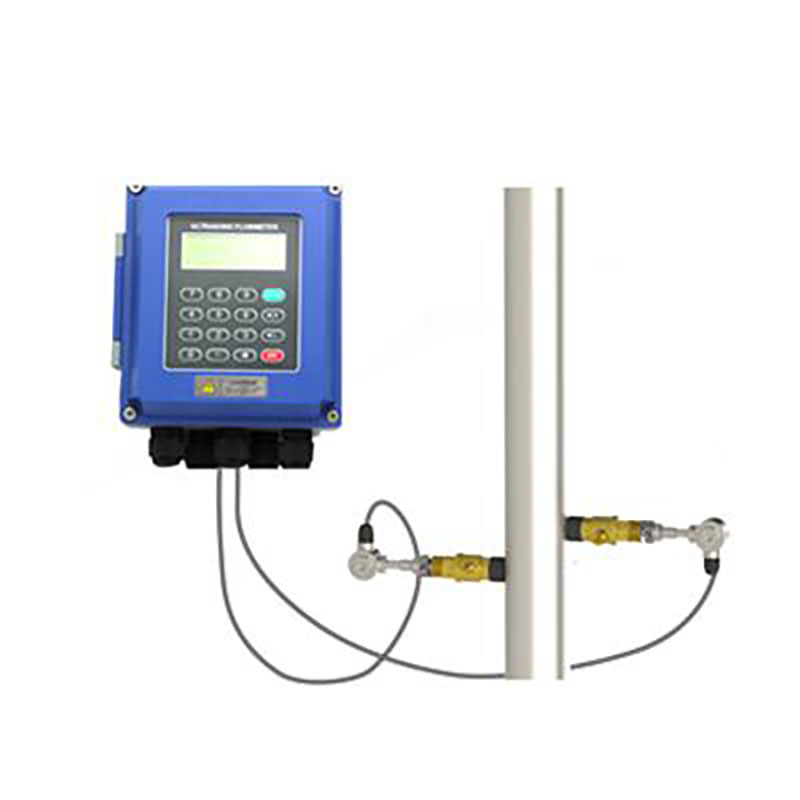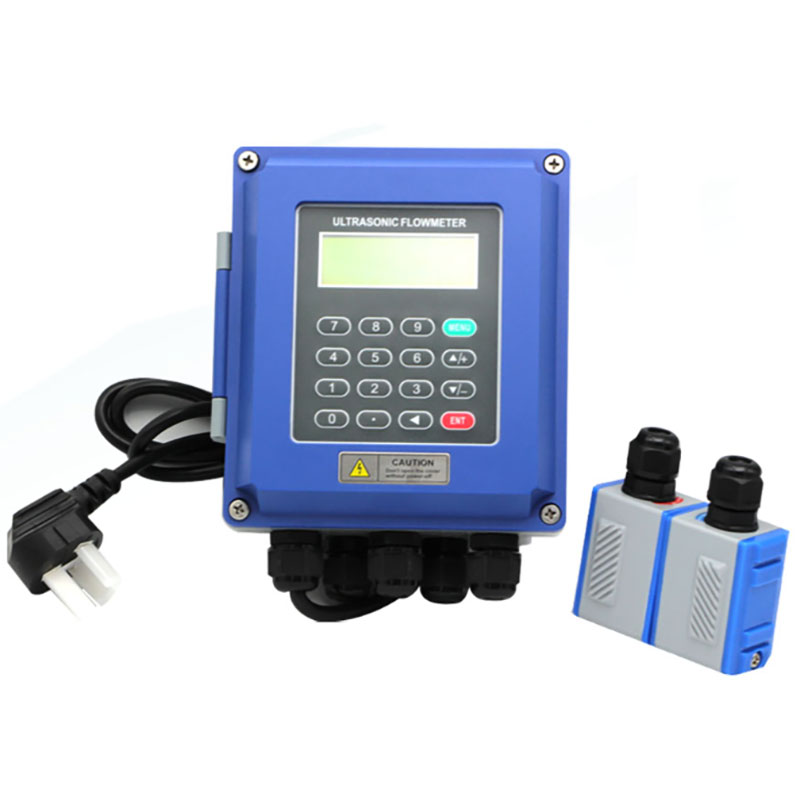What is a Portable Ultrasonic Flow Meter?
Ultrasonic flow meters use ultrasound to determine the velocity of a fluid. The fluid flow rate is then measured, and the volumetric flow rate is calculated.
Portable ultrasonic flow meters are designed to be easy to deploy. They cover a wide range of industry-specific applications and accurately detect liquid flow rates. Flow can be measured at any time without the complex installation required by other technologies.
Portable ultrasonic flow meters are all controlled by microprocessors. To ensure high accuracy and reliability. They have short response times. Some models are also equipped with dust and splash-proof housings. Non-contact measurement is also possible. Clamp-on ultrasonic flow meters are usually used for flow measurement of pipeline liquids.

Working Principle of a Portable Ultrasonic Flow Meter
Portable ultrasonic flow meters use ultrasonic waves to measure fluid flow rate, mainly through the transit time method or the Doppler effect.
In the transit time method, two ultrasonic transducers are placed on opposite sides of the pipe, diagonally to the flow direction. The sensors send and receive ultrasonic signals in both directions. The difference in transit time between the two directions is measured. The flow rate is then calculated by multiplying the velocity by the cross-sectional area of the pipe.
The Doppler effect uses an ultrasonic sensor to transmit a signal into the fluid. If the fluid contains particles or bubbles, they will reflect the ultrasonic signal. The flow rate is then calculated based on the fluid velocity and pipe size.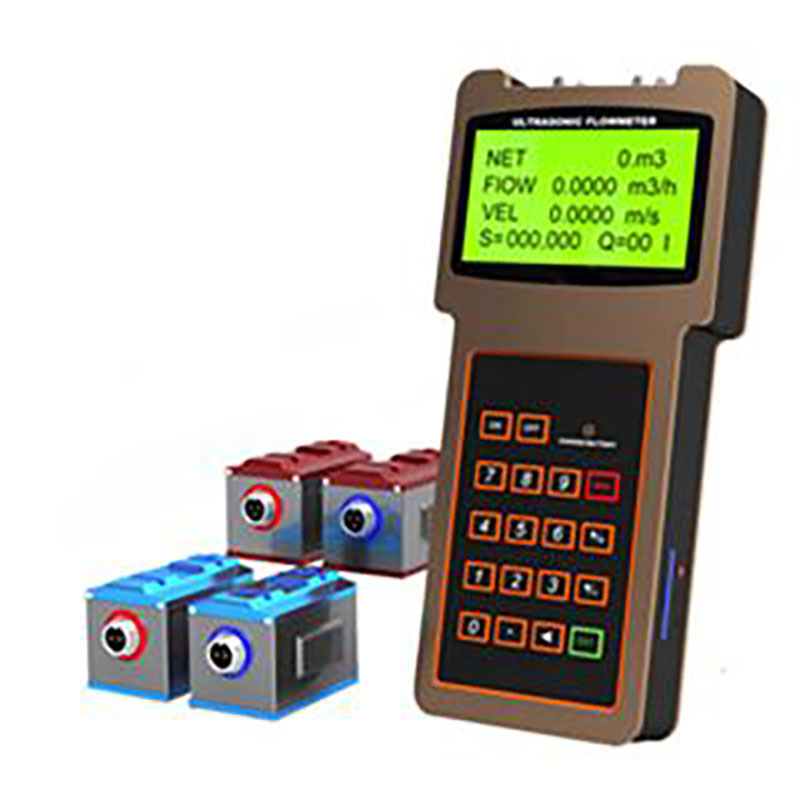
Types of Ultrasonic Flow Meters
There are two main types of ultrasonic flow meters: transit time flow meters and Doppler flow meters.
Different ultrasonic flow meters have different working principles and are suitable for different types of fluids. And these two types have their own working principles, advantages and disadvantages.
Doppler flow meter:
Principle: A doppler flow meter transmits signals into the fluid through ultrasonic sensors.
Application: Suitable for fluids containing suspended solids, bubbles or particles.
Advantages: Can measure flow in pipes with coatings or obstacles.
Disadvantages: Not as accurate as a transit time flowmeter. And may not be suitable for clean fluids.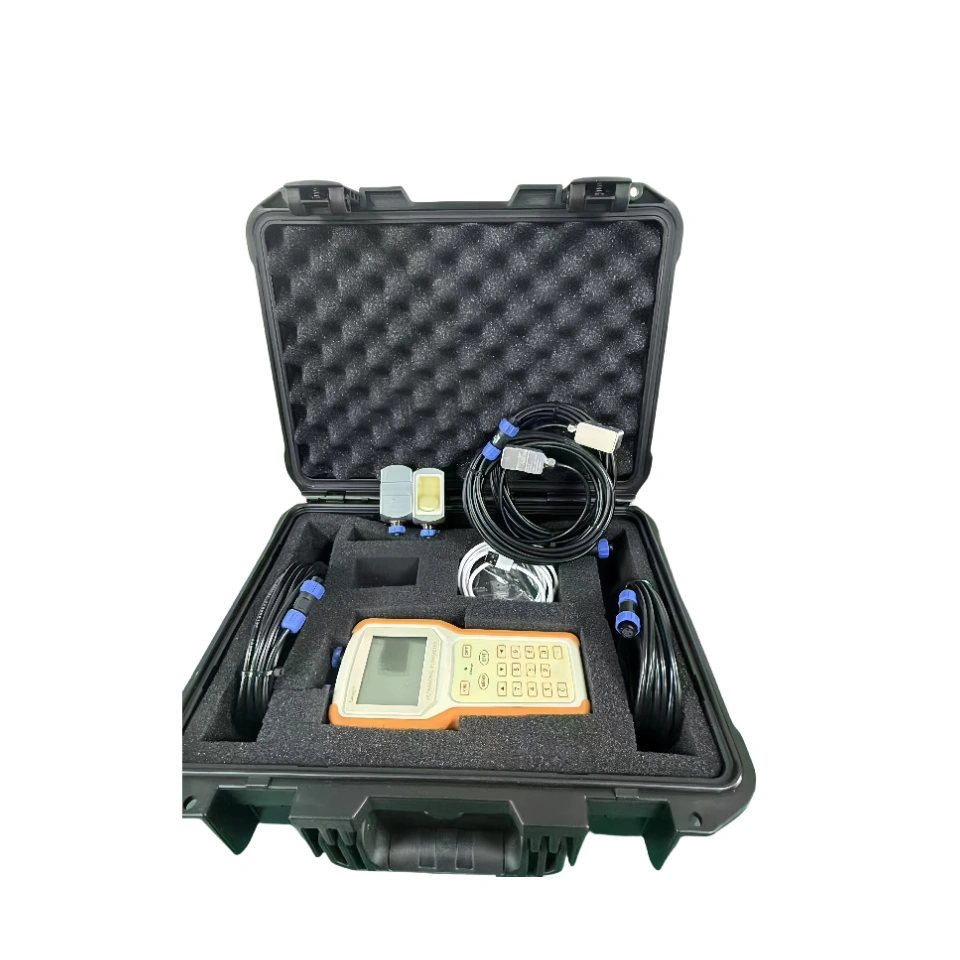
Time-Difference Flow Meter:
Principle: The time-difference flow meter measures the time required for ultrasonic waves to propagate in the direction of flow and against the direction of flow.
Application: Suitable for measuring clean fluid flow in pipelines.
Advantages: More accurate than Doppler meters and can be used in a wider range of applications.
Disadvantages: May not be suitable for fluids with high suspended solids or bubble content.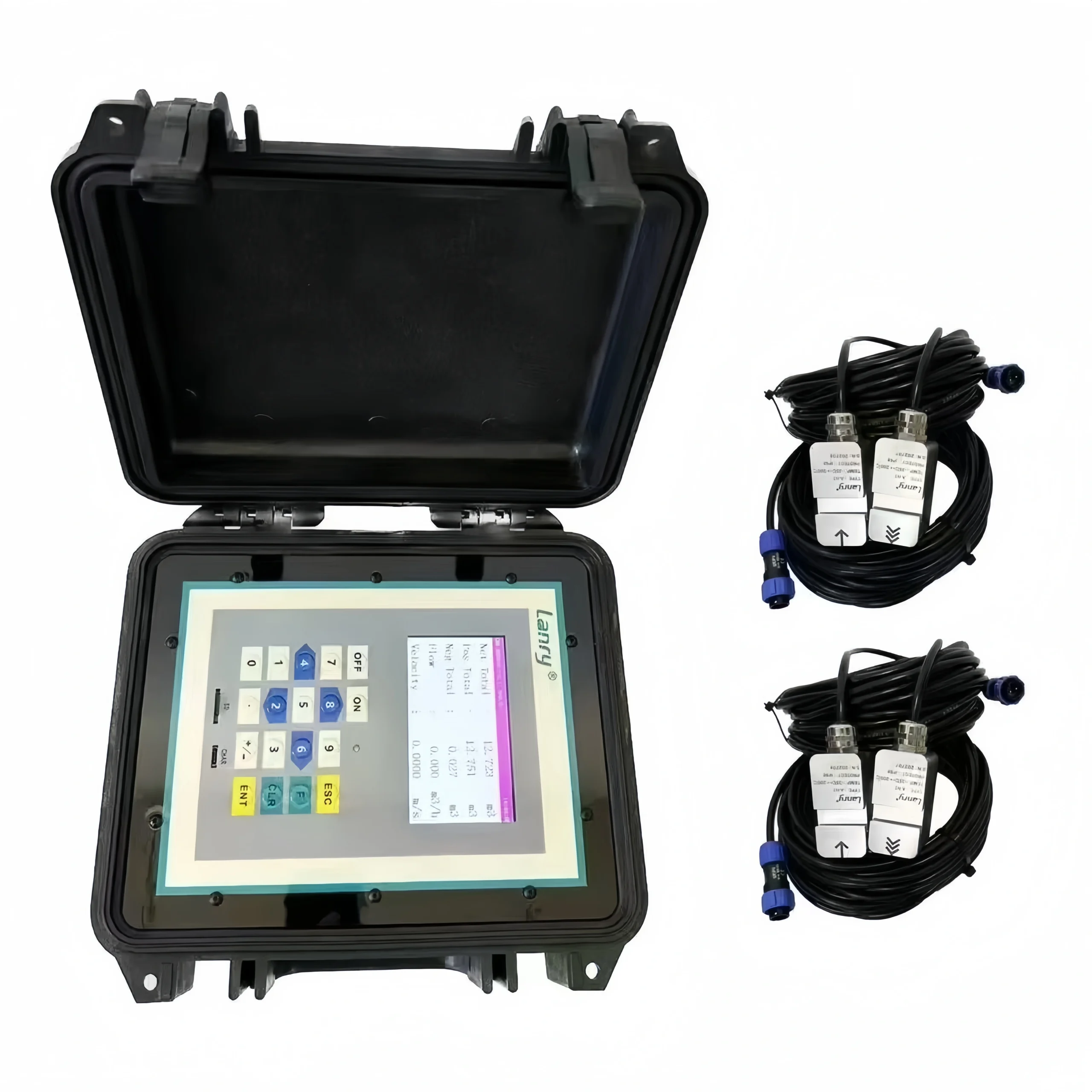
Installation types of ultrasonic flow meters:
- In-line: Installs directly into the pipe, requires access to the pipe.
- Clamp-on: Attaches to the outside of the pipe, easy to install without interrupting the flow.
- Open channel flow meter: Used to measure flow in an open channel such as a canal or river.
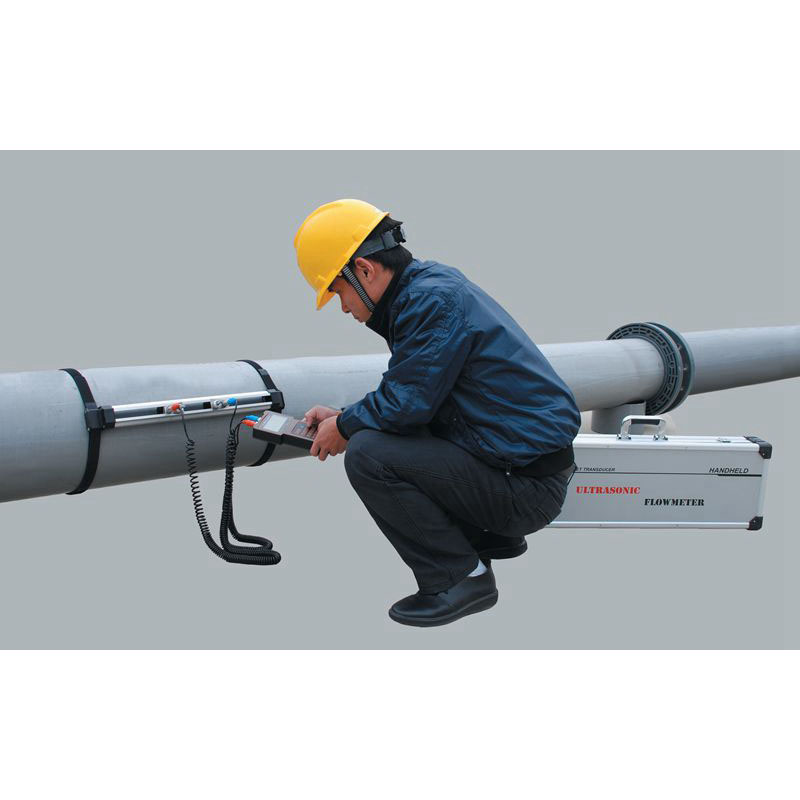
Applications of Portable Ultrasonic Flow Meters
Portable ultrasonic flow meters are versatile tools. They can be used for non-intrusive flow measurement in industries, such as water and wastewater treatment, energy and manufacturing. They include leak detection, temporary flow monitoring and calibration of existing flow meters.
The following is a detailed description of the application of an ultrasonic flow meter:
- Water and Wastewater: Monitor water distribution networks, wastewater treatment plants, and industrial water usage.
- Oil and Gas: Used in oil fields to measure flow rates in pipelines and custody transfer applications.
- Energy and HVAC: Monitor and control HVAC systems.
- Industrial Process: Used to monitor chemical flows in various processes and for safety purposes.
- Power Plants: Used to monitor coolant flow, steam flow, and other critical processes.
- Food and Beverage: They are used to monitor the flow of ingredients, detergents, and other fluids in food processing.
- Pharmaceuticals: Used to measure flow in pharmaceutical laboratories.
- Compressed Air: Ultrasonic flow meters are used to measure the flow of compressed air.
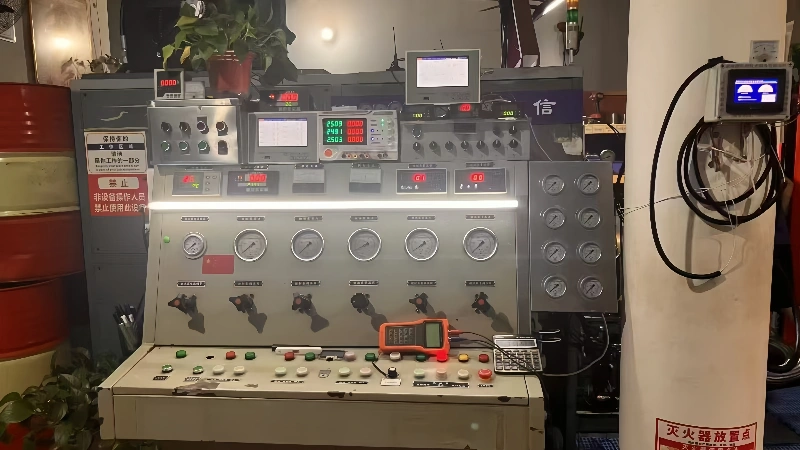
What are the Advantages and Disadvantages of a Portable Ultrasonic Flow Meter?
A portable ultrasonic flow meter has the advantages of non-invasive measurement, easy installation, etc.
- Non-intrusive: Portable ultrasonic flow meters can be installed quickly and easily by clamping on the outside of the pipe.
- Wide range of applications: They can be used for a variety of fluids. Including water, wastewater, cooling water, etc. Also suitable for harsh environments.
- Accurate and reliable measurement: Not affected by pressure or temperature fluctuations.
- Hygienic and non-contaminating: External mounting ensures that the flow meter does not come into contact with the fluid, preventing contamination.
- Easy to install: No modifications to the pipe system or downtime are required. And it can be easily moved from one location to another.
- No moving parts: No regular maintenance is required, reducing the risk of mechanical failure.
However, they also have disadvantages, such as higher upfront costs and sensitivity to pipe material and thickness.
- Higher upfront costs:
Ultrasonic flow meters are more expensive than other types of flow meters.
- Sensitive to pipe material and thickness:
The type and thickness of the pipe material can affect the accuracy of the measurement.
- Not suitable for heavily contaminated fluids or slurries:
Ultrasonic flow meters may not be suitable for measuring fluids with a large amount of solid particles or contaminants.
- Potential for signal interference:
Ultrasonic signals can be affected by factors such as vibration, turbulence, and bubbles.
- Requirement for a completely filled pipe:
For accurate measurement, the pipe must be completely filled with fluid.
The portable ultrasonic flow meter is an innovative design. It is designed to accurately measure the flow rate of fluids. No intrusion into the fluid delivery pipeline is required. The portable flow meter is versatile and can be used in a variety of industries and applications.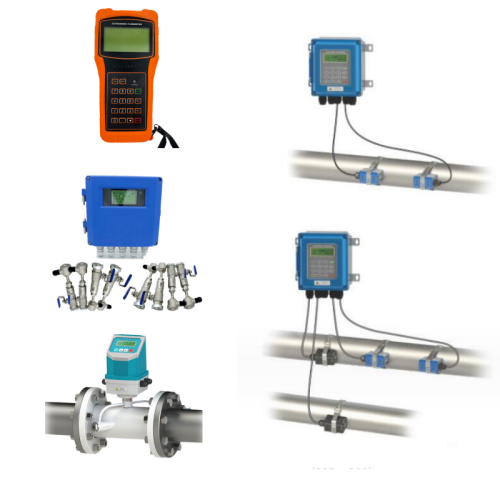
Sino-Inst’s portable product line offers ultrasonic liquid clamp-on flow meters. They are used for the measurement of liquids. The portability of the meter allows the device to be moved to multiple measurement locations. This makes it easy to spot-check flow, verify flow meters, or temporarily install equipment. If you have any questions about portable flow meters and need a reliable flow meter solution, please contact our team.


